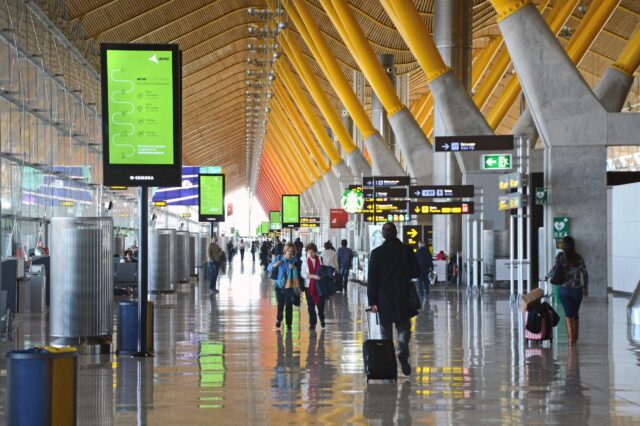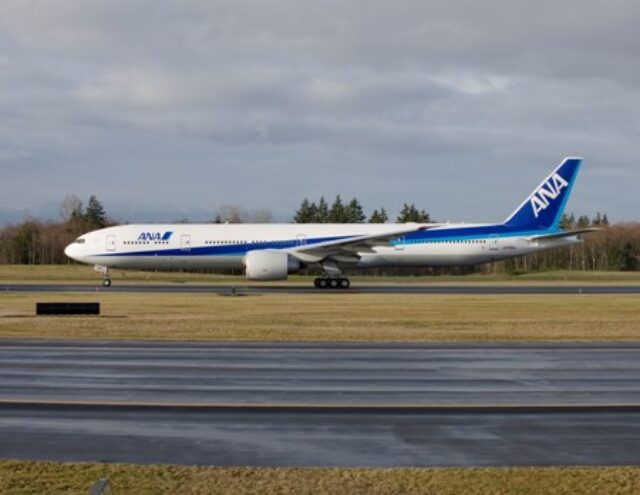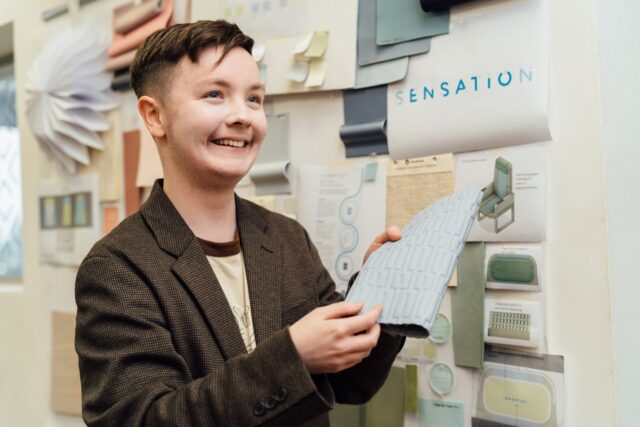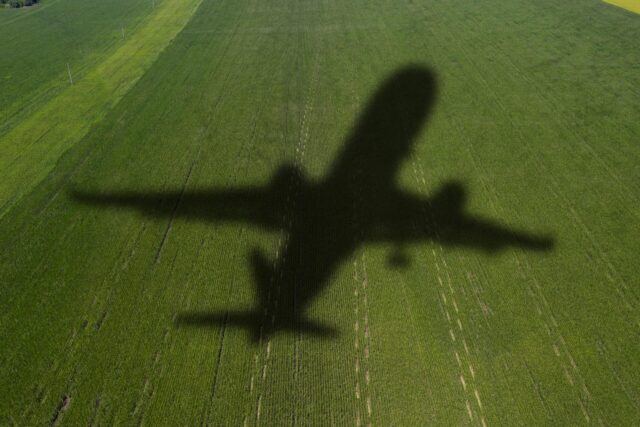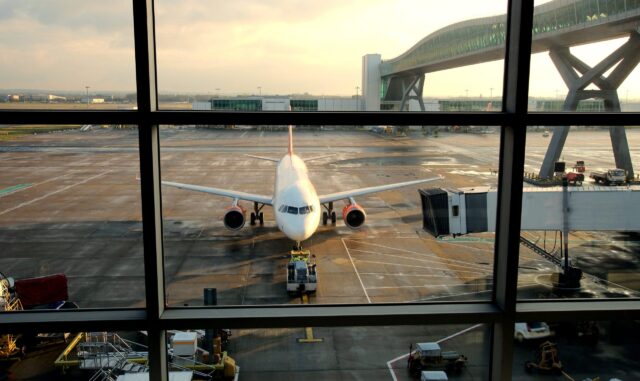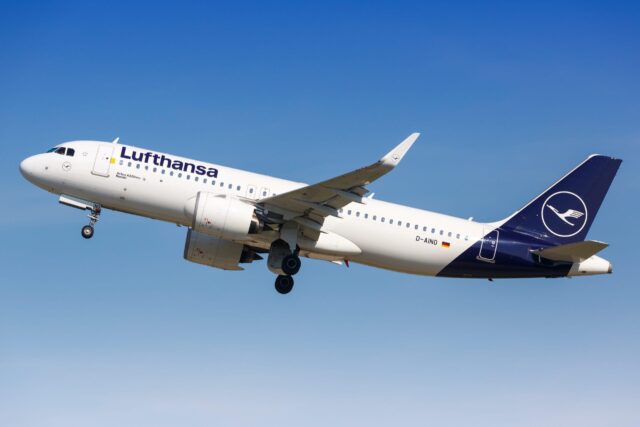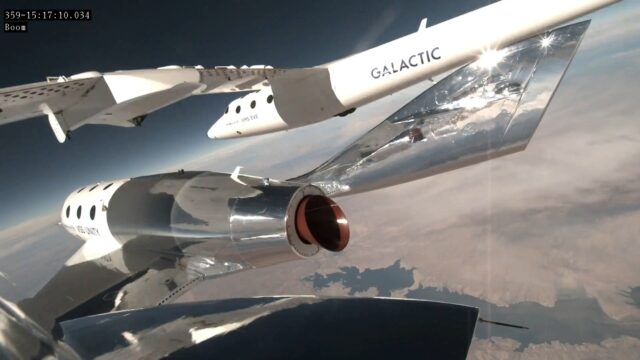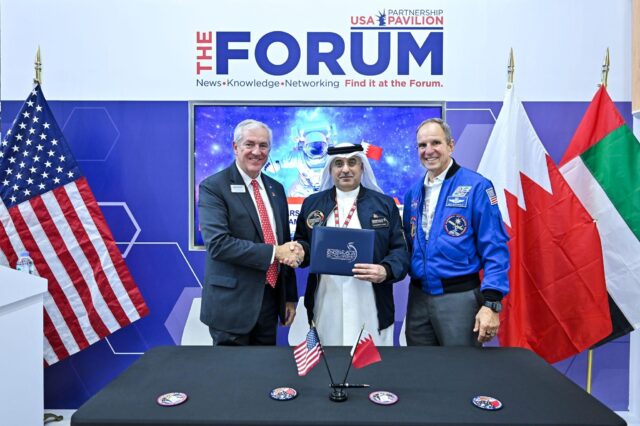New RCAF designations and names for SkyAlyne’s training fleet
On May 28, 2025, the Royal Canadian Air Force (RCAF) Commander, Lieutenant General Eric Kenny, unveiled the RCAF liveries and designations for the fleets of aircraft that will be serving…
May 30, 2025

On May 28, 2025, the Royal Canadian Air Force (RCAF) Commander, Lieutenant General Eric Kenny, unveiled the RCAF liveries and designations for the fleets of aircraft that will be serving with the RCAF in the Future Aircrew Training (FAcT) programme.
Each of the new aircraft types will wear a ‘Reflect Forward’ colour scheme of yellow, to reflect the historical ‘training yellow’ of the Commonwealth Air Training Plan aircraft that dominated Canadian skies from 1940 to 1945, and dark blue to reflect the modern colours of today’s trainers and Air Force. There will also be a white and red line, symbolizing Canada’s national flag, and reflecting the RCAF’s ‘Lightning Bolt’ worn by various aircraft since 1948. More importantly, this two-tone livery will provide contrast against a variety of terrains and weather conditions, making it easier for pilots to see other aircraft in the sky and against the ground, especially when flying over summer prairie terrain or in winter when snow is on the ground.
The new aircraft names and liveries pay tribute to the 101-year history of the RCAF, while reflecting a forward-looking vision for Canada’s modern Air Force, as it steps into the next generation of military aircrew training in Canada.
All Royal Canadian Air Force (RCAF) pilots are currently trained through two contracted programmes. KF Aerospace in Southport, MB (close to Portage la Prairie) is responsible for the Contracted Flying Training and Support (CFTS) programme, while Montreal-based CAE lead the NATO Flying Training in Canada (NFTC) programme at Moose Jaw, and Cold Lake.
Currently, trainee pilots undergo ab-initio (Phase I) training on the Grob G120A (CT-102A Astra) with No.3 Canadian Forces Flying Training School (CFFTS) at Portage La Prairie, Manitoba, as part of CFTS.
They then progress to No.2 Canadian Forces Flying Training School, at CFB Moose Jaw in Saskatchewan for 95 hours of Basic Pilot Training (Phase IIA) on the CT-156 Harvard II (Raytheon T-6).
After Phase IIA, student pilots are ‘streamed’.
Fast-jet trainees (fighter pilots and future instructors) remain at Moose Jaw for Phase IIB (another 45 flying hours on the Harvard II) and for 70 hours of advanced (Phase III) training on the BAE Hawk (CT-155) at Moose Jaw, after which they receive their wings. They would then move to Cold Lake for 49 hours of fighter lead in training (FLIT, or Phase IV), still on the Hawk, with No.419 Tactical Fighter Training Squadron.
With the retirement of the Hawk, training is being undertaken at the Euro-NATO Joint Jet Pilot Training (ENJJPT) program in Texas, the International Flight Training School (IFTS) in Italy, and the Finnish pilot training academy.
Multi-engine and helicopter trainees move on to Phase III training with No.3 Canadian Forces Flying Training School at Portage La Prairie in Manitoba.
Phase III Multi-engine training is undertaken on the King Air C-90B, while the Helicopter track covers go to Phase III single engine training on the Bell 206B Jet Ranger and Phase III twin engine training on the Bell 412 CF Outlaw.
Air Combat Systems Officer (ACSO) and Airborne Electronic Sensor Operator (AES Op) training is currently provided by No.402 Squadron as part of No.17 Wing at Winnipeg, Manitoba, operating the de Havilland Canada Dash 8 CT-142 NavTrainer or ‘Gonzo’.
Under the existing system, all in-aircraft flying instruction is given by military pilots from the Canadian Forces, and the DND oversees training standards, provides Canadian military trainees, provides airspace, and dictates the syllabus. NFTC aircraft are owned by the Government of Canada, which are then leased to and maintained and serviced by CAE. Academic and simulator instruction is given by CAE employees (who must have had previous military flying instruction experience). CAE also operates the infrastructure (buildings) and provides food services.
The creation of the SkyAlyne consortium (CAE and KF Aerospace) has brought all contracted military pilot training in Canada under one umbrella. As the existing programmes near their designated completion dates, Canada’s Department of National Defence (DND) has determined that SkyAlyne will deliver the next contracted flying training programme, known as Future Aircrew Training (FAcT), with the aim of graduating 120 pilots and around 40 ACSOs and 36 AES Ops each year.
FAcT will combine all phases of pilot and aircrew training including classroom, simulator, and in-flight instruction. This will continue at the same three locations — Moose Jaw, Portage la Prairie, and Winnipeg, but with rebuilt facilities and with new fleets of training aircraft, and in a re-imagined sequence and format.
SkyAlyne has ordered 23 Grob 120TP trainers for the basic flying training (BFT) phase, which will be undertaken at No.15 Wing. In Canadian service, the Grob 120TP will be designated as the CT-102B Astra II. Compared to the G120A now in service the Astra II has improved avionics and higher performance.
Advanced flying training fixed wing (AFT FW) will be undertaken on a new fleet of 19 Pilatus PC-21 trainers at Moose Jaw. These will be known as the CT-157 Siskin II, named after the Armstrong Withworth Siskin, which was the RCAF’s first true fighter aircraft back in 1926.
Advanced flying training rotary wing (AFT RW) will be conducted at the Southport facility on 19 new CT-153 Juno helicopters. CT-153 is the Canadian designation for the Airbus H135. The name Juno follows the British Royal Air Force designation for the type and also commemorates Juno Beach, the site of Canada’s D-Day landings in 1944.
Those students that complete the AFT-FW course will be assigned to either AFT Jet (AFT-J) training on the PC-21 at Moose Jaw, or AFT Multi-Engine at Southport.
For multi-engine training, SkyAlyne have bought seven Textron/Beechcraft King Air 260s trainers King Air 260s, which will be known as the CT-145E Expeditor II.
Under the new FAcT programme, SkyAlyne will also assume responsibility for the training of ACSOs (Air Combat Systems Officers) and AES Ops (Air Combat Sensor Operators) at No.17 Wing at Winnipeg, using three newly-acquired Dash 8-400 aircraft. These will be known as the CT-142Q Citadel.
Fixed-wing and rotary-wing pilots, and the ACSOs and AES Ops, will then receive their Wings before proceeding to an operational training unit for aircraft type specific training.
AFT-Jet candidates will first undertake a Fighter Lead-in Training (FLIT) programme, probably at No.4 Wing Cold Lake, Alberta, although the current RCAF FLIT programme is paused while the government identifies and selects a new provider. Until then, ab initio fighter training will continue to be undertaken in the USA, Italy and Finland.
First aircraft deliveries under the new FAcT contract are expected in August 2025.




